Any Microsoft? ActiveX? control should be conceived and designed with
security in mind.
An ActiveX control can be an extremely insecure way to provide a feature.
Because it is a Component Object Model (COM) object, it can do anything the user
can do from that computer. It can read from and write to the registry, and it
has access to the local file system. From the moment a user downloads an ActiveX
control, the control may be vulnerable to attack because any Web application on
the Internet can repurpose it, that is, use the control for its own ends whether
sincere or malicious. But, you can take precautions when you write a control to
help avert an attack.
You have a responsibility to users to provide the most secure controls. Do
not assume that your control is secure until it has gone through a rigorous
security review. This article contains some guidelines you can incorporate into
your security review process.
This article contains information about the following topics:
Security Considerations
Designing for security is important because an ActiveX control is
particularly vulnerable to attack. An application running on any Web site can
use the control; all that it needs is the control's class identifier (CLSID).
The control may be repurposed, that is, used in ways that you did not intend.
The repurposing might be friendly or a malicious attack on the computer running
the control. As you design a control, think about what specific measures you
should take to protect it.
Before you implement a feature as an ActiveX control, consider whether you
can achieve the same functionality through other means. If you do not need
access to system resources, you can write the control as a Dynamic HTML (DHTML)
behavior.
Because an ActiveX control is a Microsoft Win32? component, there is no
sandboxing, that is, it can run without restrictions. You should think about how
you can restrict functionality to prevent others from repurposing your control
to possibly malicious ends.
- Can the control be made to call other objects on the page, including Java
applets? The Microsoft virtual machine (Microsoft VM) called from native code in
the control might attribute greater permissions to the control than script on
the page has. If the script can manipulate the control to call the Microsoft VM
for it, an indirect security attack might be possible.
- Can the control tunnel out of the frame in which it is hosted and access
content in another frame? The data accessed could potentially violate the
privacy of the user. You might prevent this by restricting the control to run
only within a particular domain.
- Many ActiveX controls are initialized with data from local or remote sites,
and most ActiveX controls are scriptable (they support a set of methods, events,
and properties). Both initialization of persisted data and use of the controls
through scripting require safeguards to ensure that security is not violated. If
your control does not read persisted data, don't mark it as safe for
initialization. If your control is not designed for use in a browser, don't mark
it as safe for scripting.
You should digitally sign
every ActiveX control. Digital signing tells users where the control came from
and verifies that the control has not been tampered with since its publication.
Be sure the control doesn't loop infinitely or stop responding when given bad
data or arguments. An attacker might tie up a user's computer using your ActiveX
control.
It is important for a secure ActiveX control to check all inputs and guard
against buffer overrun. If a control receives an input string into a
fixed-length buffer without checking its length first, it is possible for a
malicious caller to provide a string that is longer than the allocated buffer,
overwriting other information in an unintended way. In some cases, these bugs
can be exploited to make the control perform unsafe operations it was not
designed to do. As the author of an ActiveX control, you need to be vigilant.
Never assume that a certain input conforms to certain requirements. Always check
the data to avoid these attacks. All inputs should have maximum sizes, and
controls should be tested to perform safely, even with inputs that are beyond
specifications. See Fix Those Buffer Overruns for more information.
How to Judge Control Security
The following questions are designed to help you build a more secure ActiveX
control. You can use them as part of your larger security review. Think about
how to answer each question and how you might design your control more securely.
The security of a control is ultimately a subjective judgment. As a general
rule, if you answer yes to any of these questions you should probably not mark
the control as safe for scripting or safe for data initialization, or you should
implement some type of lock down security, that is, restrict the use of the
control to within a specific set of domains.
- Can you limit domain usage or zone usage? See Preventing Repurposing for more information.
- Are you exposing the user's private information over the network or to other
users?
- Can you read, write, create, detect or delete arbitrary persisted data
either on the file system, the registry, a buddy list, or a camera or other USB
devices?
- Does this control enable data to passing from one Internet site to another?
From the intranet to the Internet? From the local computer to the Internet?
- Can this control host mobile code or script? If so, where does the code or
script come from?
- Does the control cause arbitrary operations or programs to execute on behalf
of the user without notice?
- Does this control circumvent/defeat a specific security feature in the
browser, operating system, or another application?
- Can a Web page use this control to cause the system to become unstable or
stop responding?
- Can this control be used to spy on the user without their knowledge?
- Is there a possibility for cross-site scripting attacks using this control?
- Does this control load its own data format? Does this data type have its own
security implementation? Does this data type allow macros?
- Is history, statistical, or debugging information persisted on the local
computer? Can a privacy conscious user clear this information? Is the
information ever sent over the network? Are globally unique identifiers (GUIDs)
used to track users?
These are some other general questions that you should consider as you design
your control.
- Are strings from the network validated, parsed, or filtered? What happens
with the strings? What would happen if they contain script? What happens to the
strings after they are passed on to another component?
- Where might there be buffer overruns? Have you done full testing for buffer
overruns on all methods, properties, and events?
- What are you doing to stop an extraneous Web site from invoking the control?
- If you don't mark the control "safe for scripting" or "safe for
initialization", does that disable the purpose of the control? Controls are
marked as not safe for scripting or data initialization by default. Don't
implement them unless the functionality of the control is hampered without them.
- Does the control present information to the user such that they can always
identify its authenticity? Do you digitally sign the control?
In addition, it is a good idea to document the following information about
your control for reference.
- Methods
- Properties
- CLSID
- Events
- Owner
- DLL/OCX name and version
Preventing Repurposing
If you don't take precautions when you develop the control, an ActiveX
control has virtually unlimited access to the computer it resides on. It can
change registry settings, can manipulate the local file system, and can provide
security rights not normally available to an external Web site. An attacker can
repurpose an ActiveX control and use it to gain access to the computer.
Marking an ActiveX control as safe for scripting can leave you open to
attack. Do not mark a control as safe for scripting unless you absolutely have
to. You can use the list of questions in How
to Judge Control Security while designing your control to help you decide.
If you decide that your control must be marked as safe for scripting, then
you can protect the control by restricting the domains in which the control can
be scripted. This is referred to as "locking down your control" and should make
it harder for a control to be maliciously repurposed.
You can download and use the SiteLock template. This template includes
instructions to help you write a secure control that restricts the domains in
which it can be scripted.
标签:
本站文章除注明转载外,均为本站原创或翻译。欢迎任何形式的转载,但请务必注明出处、不得修改原文相关链接,如果存在内容上的异议请邮件反馈至chenjj@evget.com

 首页
首页 









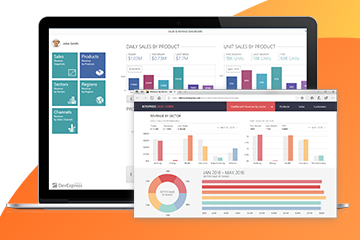
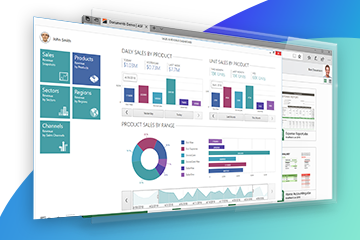


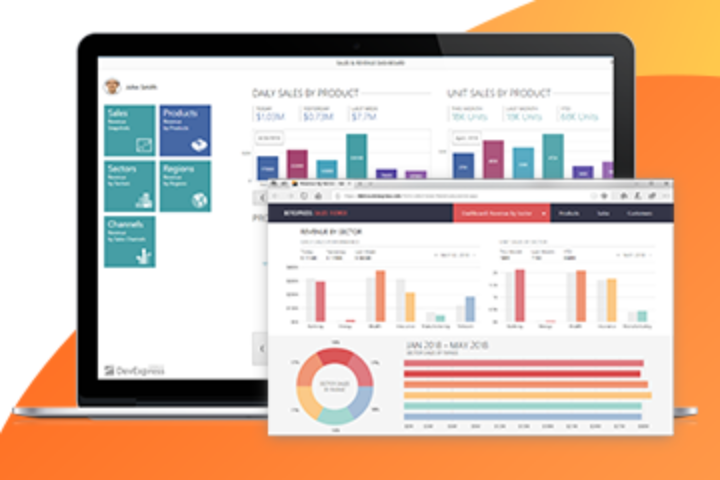

 82次
82次

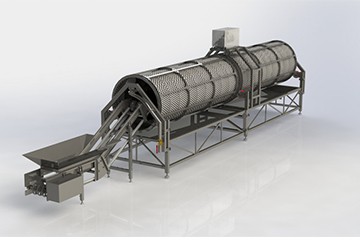
 相关文章
相关文章 

 在线咨询
在线咨询


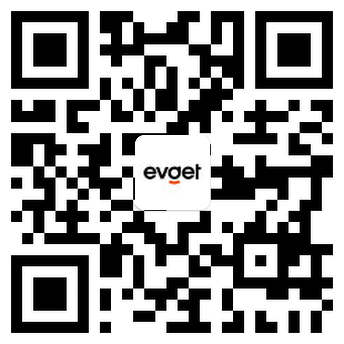

 渝公网安备
50010702500608号
渝公网安备
50010702500608号

 客服热线
客服热线